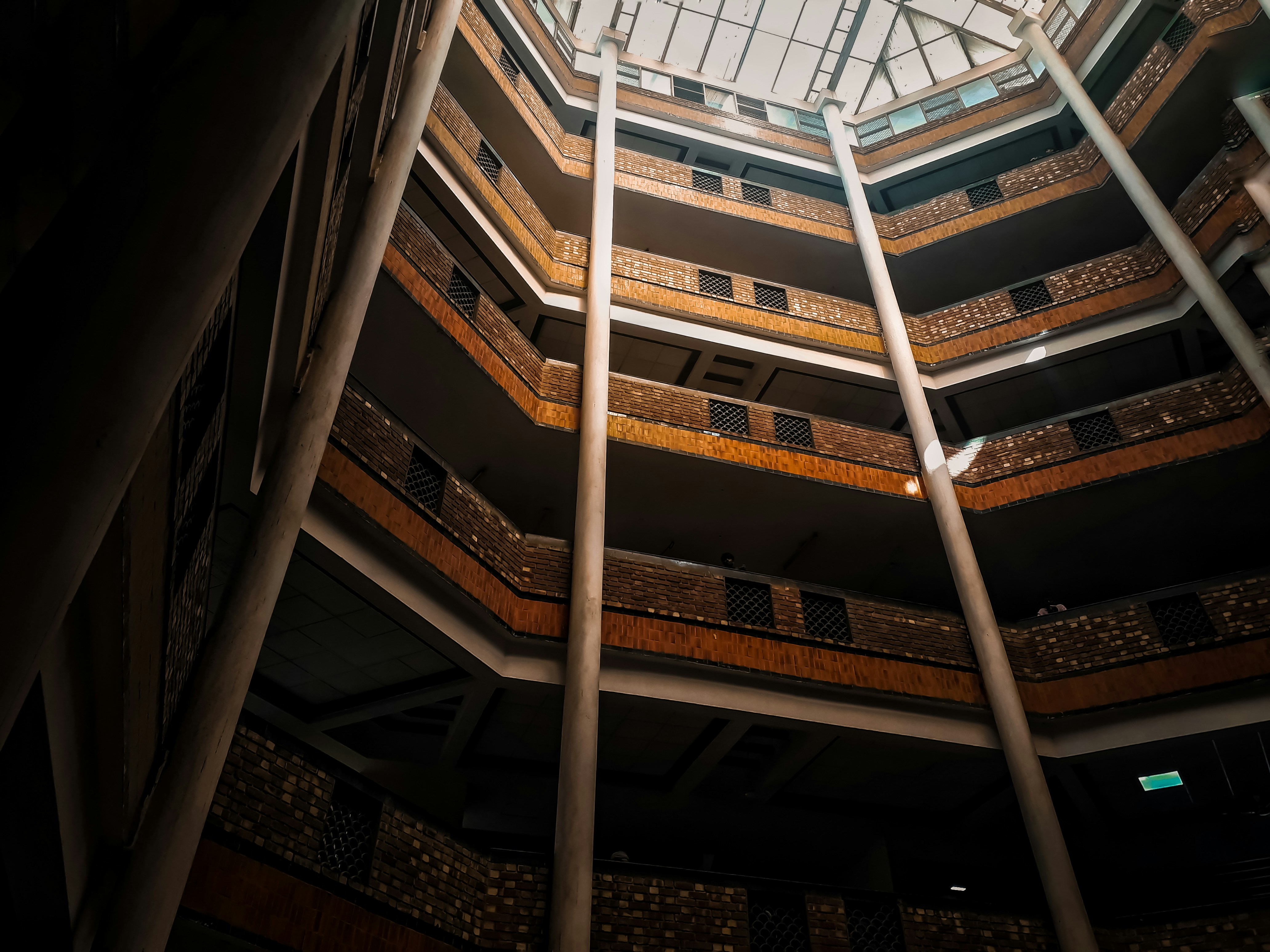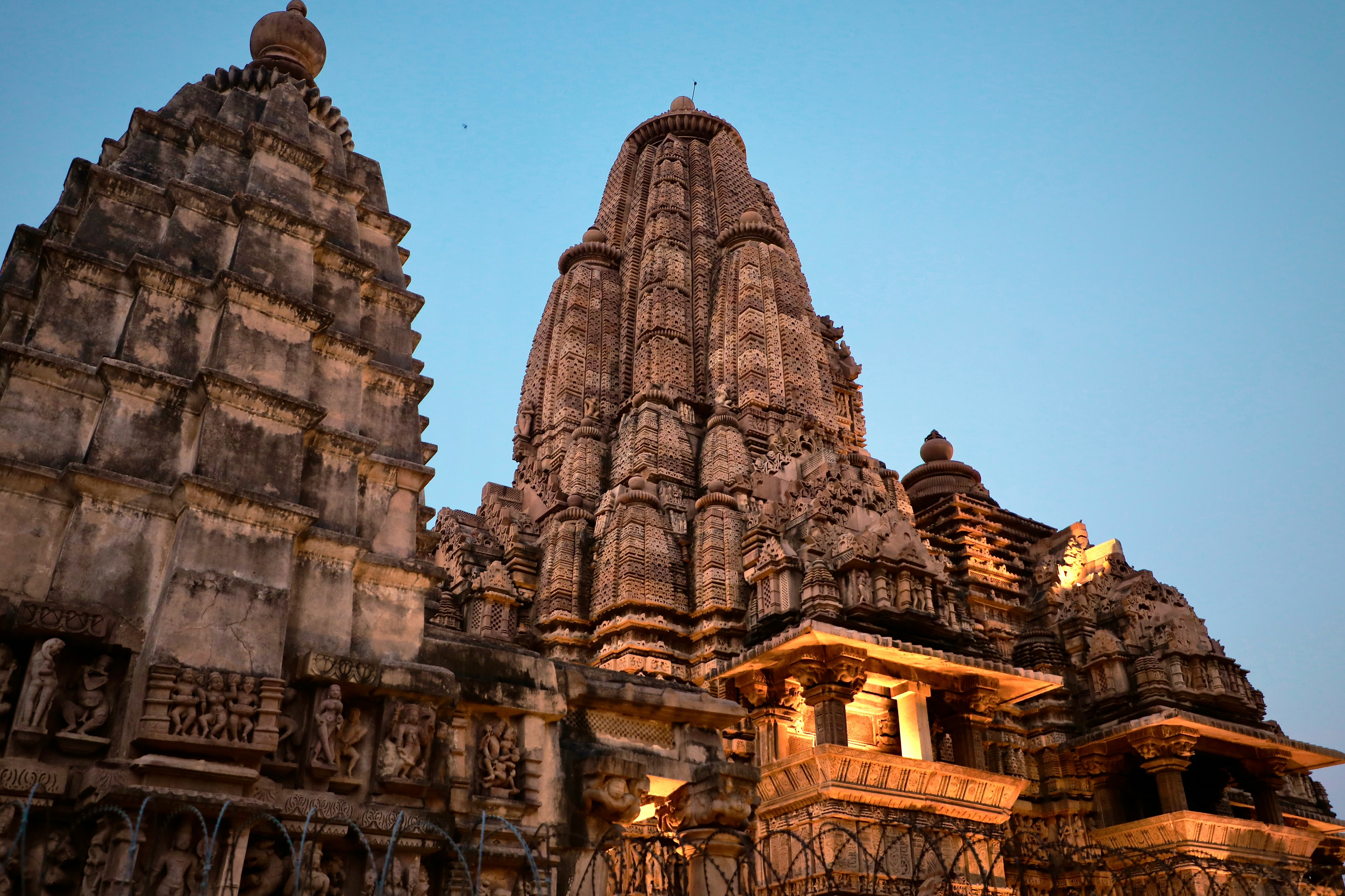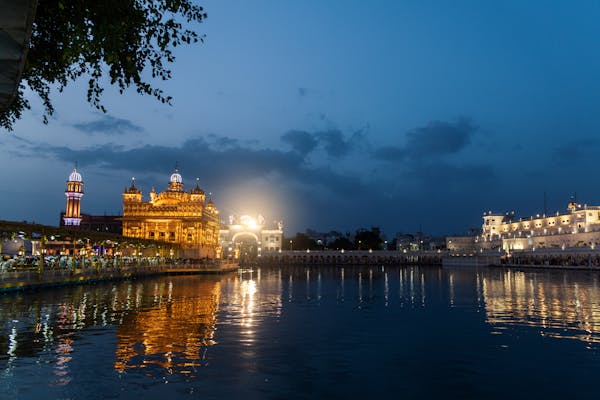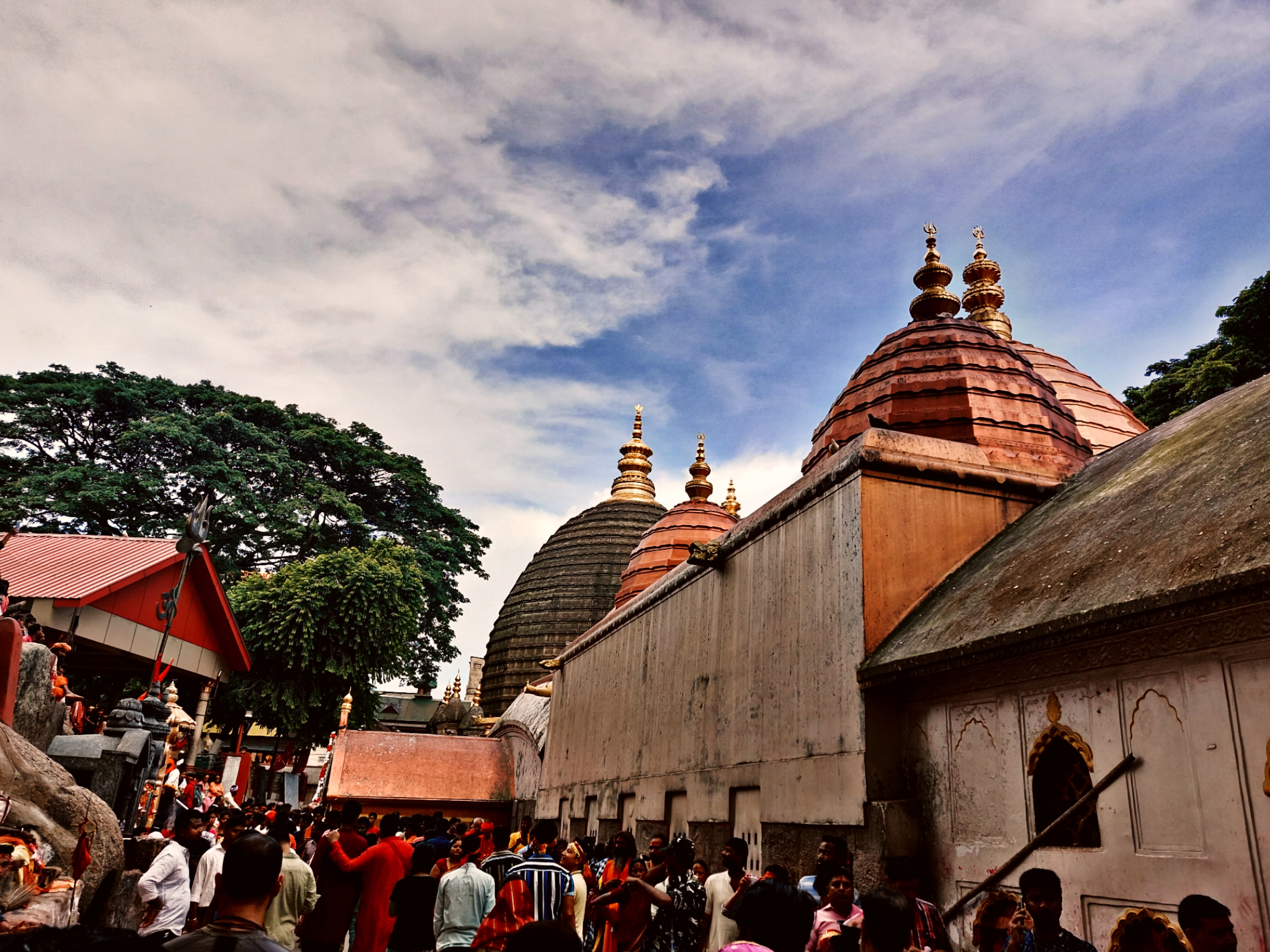The global medical infrastructure suffered heavy blows due to the COVID-19 pandemic. However, India slowly recovered from the losses and emerged again as a bustling hub for all things medical travel. Today, it stands as one of the go-to places for world-class medical care for people hailing from every corner of the world. Let’s understand what’s driving this medical travel surge in India.
Key Factors that Make India a Medical Tourism Hub
There are several factors behind why India is a popular choice for medical travel. They’re as mentioned below:
State-of-the-art Infrastructure
The country is home to some of the world’s leading hospital chains like Fortis, Apollo, and Max Healthcare. These hospitals have set up a robust network of healthcare facilities in almost every major Indian city. Moreover, they’re making healthcare more accessible internationally by expanding in countries like Nigeria, the Cayman Islands, Sri Lanka, Iraq, and Kenya.
To maintain uniform accreditation of hospitals and healthcare facilities, the National Accreditation Board for Hospitals & Healthcare Providers (NABH) was formed in 2005. Today, there are over 1600 NABH-accredited hospitals across India. Along with world-class infrastructure, services like fast-track appointments and personalized assistance further enhance the patient experience, setting India apart as a welcoming medical tourism destination.
Affordable Facilities
Affordability is another key factor that makes India a preferred medical tourism destination, especially for Western countries. Medical procedures are remarkably cost-effective here, almost 2 - 3 times less expensive than in most other countries. Patients with a wide range of clinical conditions, from cardiovascular treatment to orthopedic surgery, can easily find affordable options in India, as compared to the options in their own country.
However, affordable medical care in India does not compromise on quality. Even though the costs are comparatively cheaper, there is a growing emphasis on providing world-class facilities and the highest standard of medical treatment to both domestic and international patients.
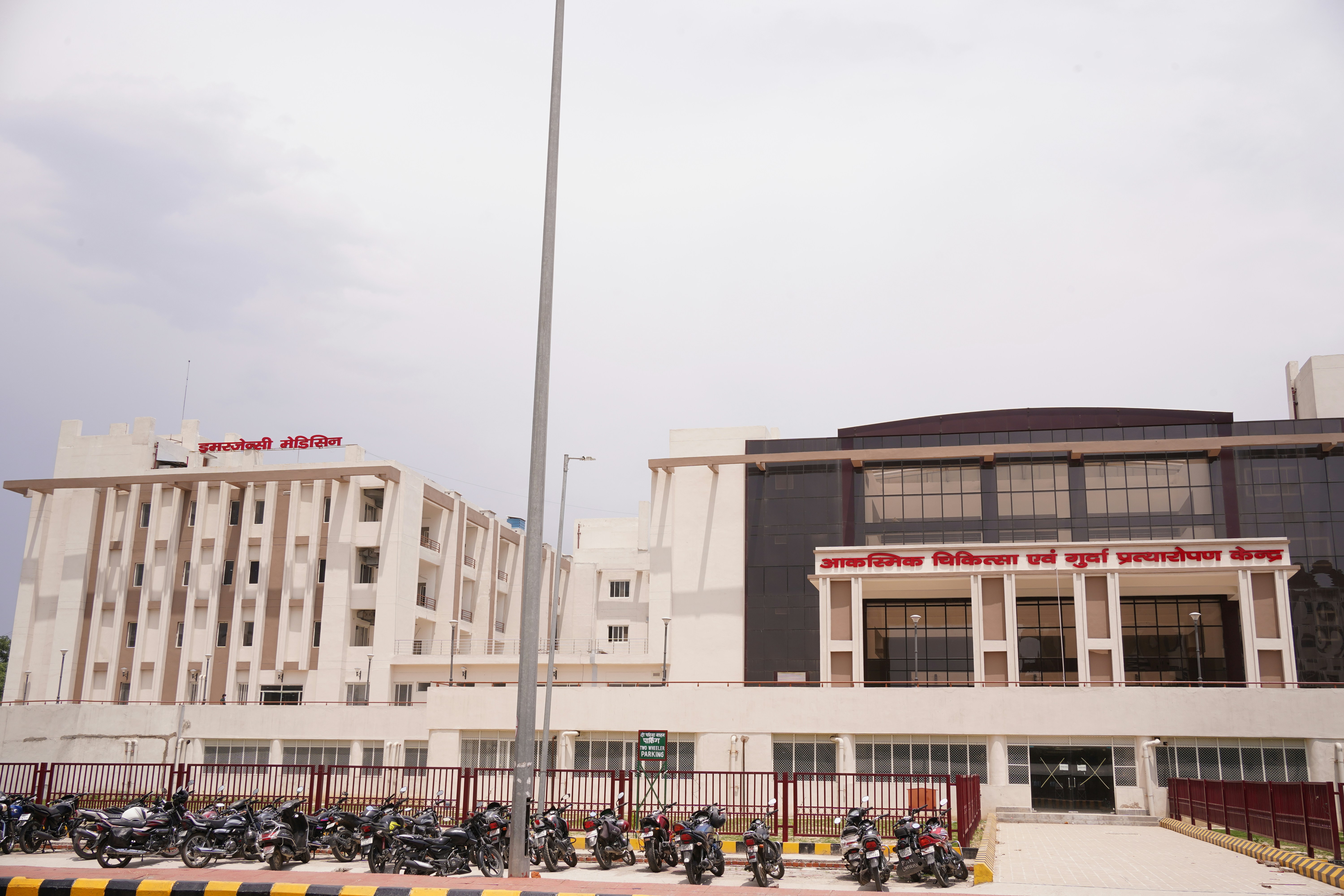
Trained Personnel
The country has some of the world’s largest and most skilled medical personnel in Southeast Asia. In fact, the doctor-to-population ratio is 1:836, which is better than the World Health Organization’s standard of 1:1000. This ratio has been calculated assuming 80% availability of all registered allopathic doctors and 5.65 Lakh AYUSH doctors. From ophthalmologists and cosmetic surgeons to oncologists and radiologists, there are skilled doctors and other healthcare professionals in almost every field of specialization.
Additionally, the language barrier, often a challenge for international patients, is negligible in India. English is one of the official languages of the country and most medical experts are fluent in it. That way, communicating with the patient is much easier and reassuring.
Holistic Practices
India is rightfully known as the ‘Land of the Ayurveda’. Since ancient times, it has been a pioneer in offering holistic healing, particularly through Ayurveda, yoga, and other alternative medicine systems. This plays a key factor in attracting patients to seek care in India.
In fact, many international patients come specifically for wellness programs that integrate Ayurvedic treatments, yoga therapy, and meditation with their medical treatment. Such practices focus on the body, mind, and spirit, and help in an all-round healing. Hospitals and specialized wellness centers provide a holistic recovery approach by offering packages that combine these ancient healing techniques with modern medical care.
Simplified Medical Visa
India has introduced a medical visa as well as a medical attendant visa for the patient and their attendant, respectively. Currently, it offers e-medical visa to more than 150 countries within a span of about 24 to 48 hours. To simplify the process and make it more convenient for the patient, it is also available in a completely digitized format. The e-medical visa allows for multiple entries, ensuring that patients and their attendants can travel to India without any hassle for consultations, surgeries, or follow-up visits.
The introduction of the medical visa and its further simplification have only contributed to a rise in India’s medical tourism.
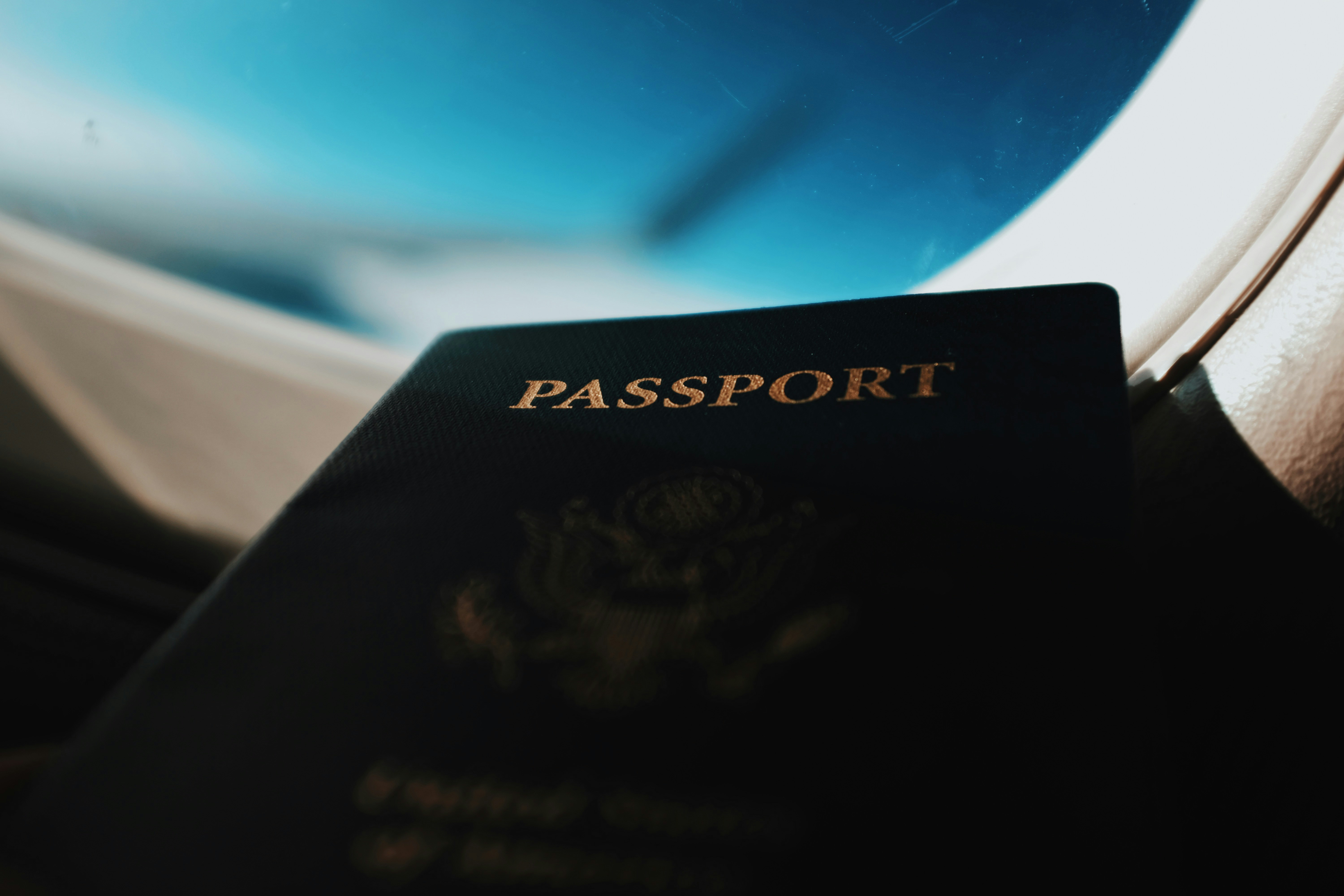
Summing Up
There’s no debate that India is on its way to becoming a global hub for medical and health tourism. With its world-class infrastructure, affordable costs, trained personnel, and simple visa policies, it serves as a convenient travel hub for medical care, at just a fraction of the cost. If you too wish to make your medical journey hassle-free and relaxing, we at Svagata are here to help you!
FAQs
What Are The Most Popular Medical Procedures For Medical Tourism In India?
Here are some of the most popular medical procedures for medical tourism in India:
-
Orthopedic surgery
-
Cardiac surgery
-
Cancer therapy
-
Ophthalmological treatments
-
Aesthetic and cosmetic surgery
-
Dental care
-
Transplants (bone marrow, liver, etc)
Which City Is Known As ‘The Health Capital of India’?
World-class amenities, research facilities, and state-of-the-art super-specialty and multi-specialty hospitals make Chennai the ‘health capital of India’.
Where Are The Top Health Tourism Places In India?
Chennai, Bangalore, Mumbai, Delhi, Dharamshala, Igatpuri, Hyderabad, Pune, Rishikesh, and Kochi are some of the top health tourism places in India.
